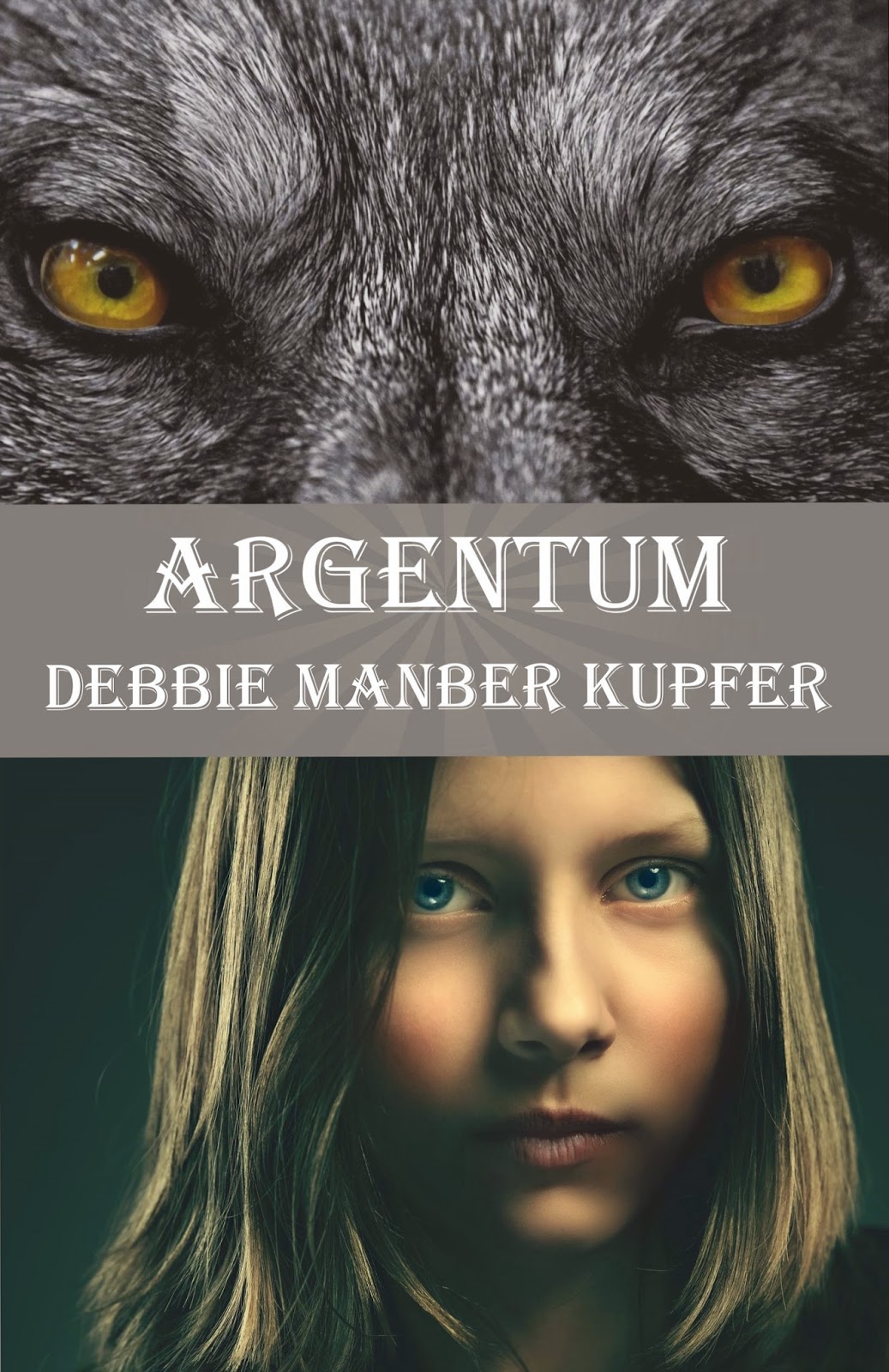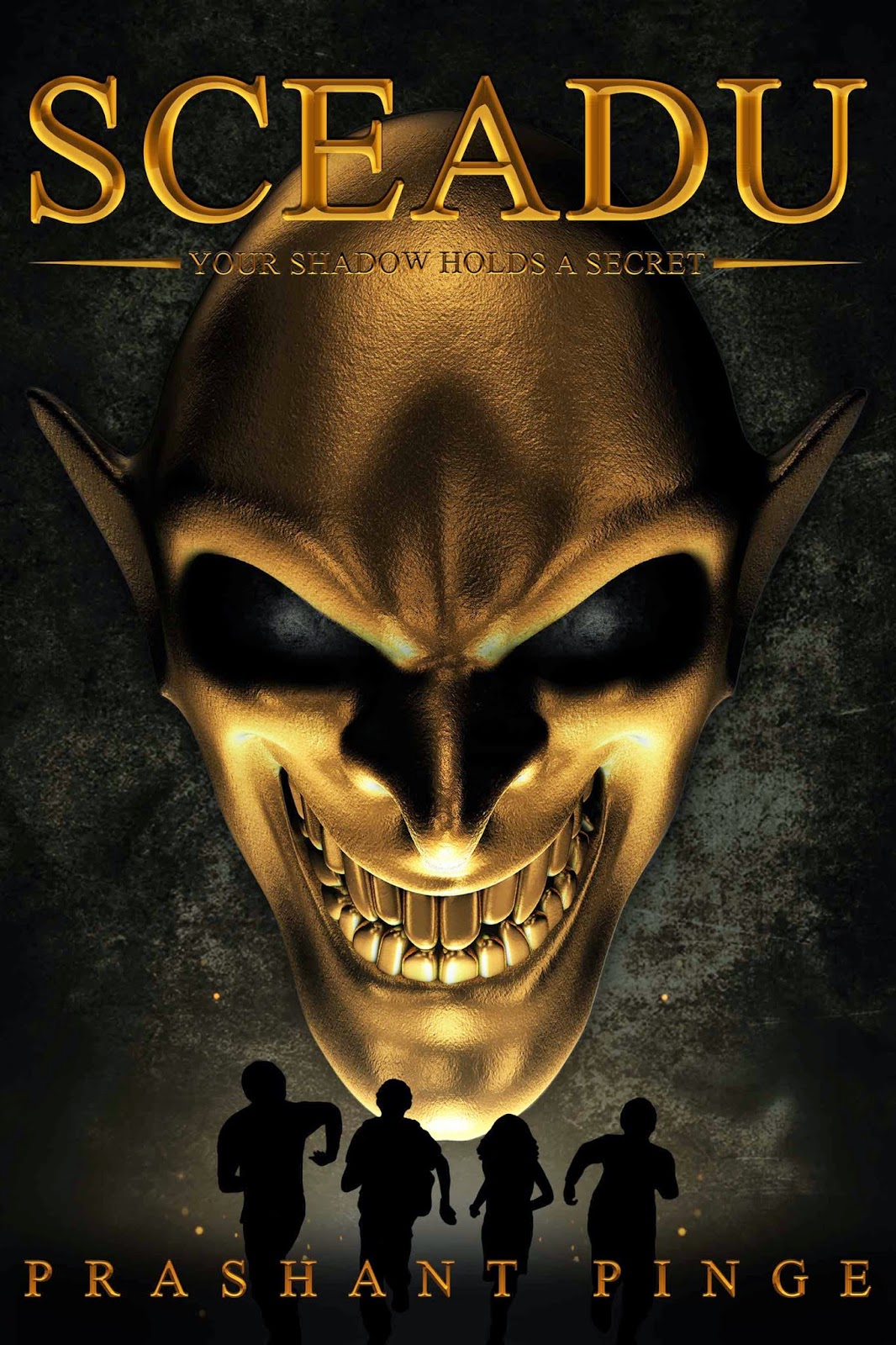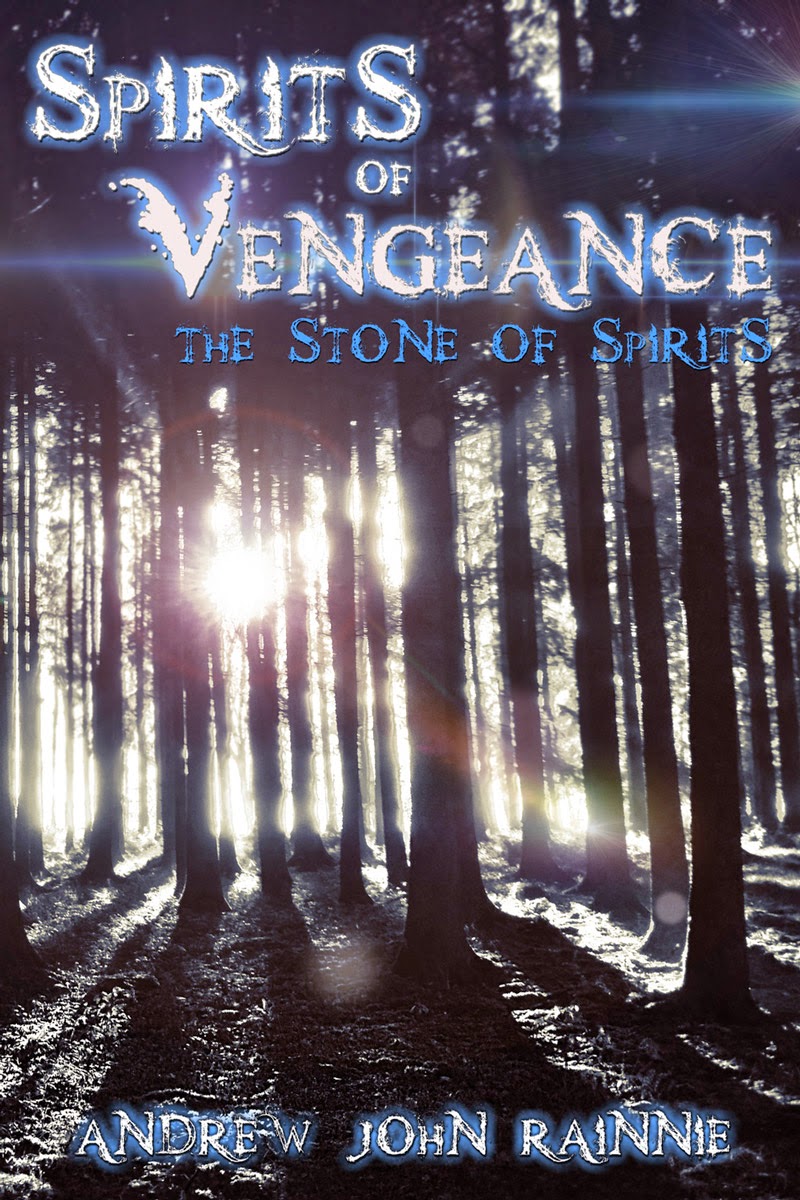Here’s another short fiction series (my favourite) created from a series of prompts from a writing
group. I call it my Flying Monkey Genetic
Laboratories Saga.
(Just a note: The
first drabble, We Don’t Serve Brains!, is a prequel that sets up the series.)
The Flying Monkey Genetic Laboratories Saga
We Don’t Serve Brains!
I never thought
meeting Kate would be so traumatic, but then I never expected her to be a
zombie with a taste for brains. Frankly, I was gobsmacked.
The evening began
with a real-world party to celebrate the fifty-week milestone for our online writing
group. Then the lights went out, and the screams started. We restored power,
and found poor Tracy and Mick dead, and Kate scooping parts of Tracy’s brain
from her bashed head with a spoon. More screams resonated and everybody
scattered, Kate in pursuit.
Me, I’m always
prepared and retrieved my zombie killing kit from my car.
Mad Science and Tracy
In my younger and
more vulnerable years my father gave me some advice that I've been turning over
in my mind ever since.
Never clone.
Maybe he was right,
but after the zombie incident there wasn’t much choice; the group needed Tracy.
Therefore, I secretly obtained the DNA of the woman, utilized my day job at the
Flying Monkey Genetic Laboratories, and engineered her clone.
Everything seemed
fine at first. She tossed out wonderful writing prompts for the group, but then
odd behaviours started: the burrowing, the rolling into a ball, the insect
eating. Perhaps using those armadillo genes was a bad idea.
Now she’s packed up
and gone missing. I shudder to think what will happen when the T-Rex DNA kicks
in.
Mad Science and Tracy- Part 2
The drought had lasted now for ten million
years, and the reign of the terrible lizards had long since ended.
It’s funny what goes through your head when watching a hybrid armadillo/dinosaur/woman clone suck up her fifth pink lemonade through a yellow straw. Especially after she has just rampaged across the downtown shopping district in a wild shoplifting spree using the mayor’s stolen red corvette as her getaway vehicle.
The S.W.A.T team has
the cafe surrounded and the negotiator is trying to get Tracy to surrender, but
so far, the only communicating she’s done is to throw an ugly shoe at him. I
was hoping she would submit peacefully, but now I’m going to have to go with
Plan B...
Mad Science and Tracy- Part 3
“Of all the things that drive men to sea, the most common disaster, I've come to learn, is women.”
I look at Igor as if he’s lost his mind. “Can the commentary and check the gas valves. The anaesthetic has to knock out the cops, Tracy, everybody.”
We make final
adjustments, put on our gas masks, and open the canister valves. Within in
minutes bodies drop like flies, fast asleep. All but Tracy; she staggers around,
making odd noises.
“Here.” I pick up
the trank gun and hand Igor a plate of chocolate covered insects. “Lure her
out.”
Igor runs screaming,
insects flying, but I take Tracy down. We load her into the cryo-chamber and head for the lab.
Mad Science and Tracy- Part 4
I write this sitting
in the kitchen sink.
It was either write
in the sink or hanging from the ceiling fan, the rest of kitchen now being in
the basement. With several of the Tracy clones.
It’s all Igor’s fault. That stupid idiot had to go and hit the infinite button on the cloning
machine when we were fixing Tracy’s DNA. Now the lab’s overrun with Tracy
clones causing mayhem and eating the yogurt. Thank heavens for the explosive
floors and lockdown procedures.
I’m initiating the
kill switch on the clones. We’ll have to start the Tracy project from scratch.
Life Begins
With a click, the video begins...
The smiling face of
a scientist in a laboratory appears. He begins walking across the room and
talks to the camera.
“Here at Flying
Monkey Genetic Cloning we take the creation of cross species DNA splicing
seriously. We know there has been much squawking in the media lately about our
irresponsible approach to gene manipulation and accusations that we have been
experimenting in reckless creation of hybrids.”
“I just have to say
that all our hybrid creations are produced in the most responsible manner
possible, and that we take all safety precautions to ensure the protection of
the public. Rest assured, the recent incident at one of our labs was a result
of sabotage and an isolated event.”
“In fact, one of our
projects has just reached a successful conclusion and we are in time to unveil
the latest addition to the Flying Monkey family, the living Teddy Bear. Release
the chamber door please.”
A lab assistant
unlatches a door on a large steel cylinder and slides it open.
“And now we will see
our- what! Tracy! That’s not—”
The video breaks to static...
In Court
“How do you plead to
the charges, Lotta Moxie?”
“I’m proud to plead
guilty. Those hybrids at Flying Monkey Genetic Cloning needed to be freed. I
bet that scientist was surprised to see a duct taped Tracy clone instead of his
living Teddy Bear. I know it was a hit on YouTube.”
“Miss Moxie! Your
escapade let hybrids loose downtown!” Lotta laughed.
“The policeman and
the cantaloupe caused that! Did the Mayor scream when the Gator-Pigeons took a
bite out of his posterior?”
“Incorrigible! You
are hereby sentenced to six months, plus a ten dollar fine for overdue library
books.”
Is the ArmaTeddy® Right for You?
Are you alone and
without companionship?
Do you cuddle with
that well-worn stuffed animal?
Do you want
something more than just a toy?
Do you hide behind
closed doors, afraid of the criminal element?
Do you jump at every
sudden sound?
Are you allergic to
guard dogs?
Are you a rich and
eccentric collector?
Just can’t live
without that newest gadget?
Does a living,
breathing hybrid teddy bear/armadillo appeal to you?
Would you like a
sentient, armoured, action teddy bear to solve your companion needs and
security concerns?
Are you salivating
at the thought?
Are you ready for
the ArmaTeddy®?
Corporate Retreat
Yesterday we arrived
at Nimrod, this dysfunctional Flying Monkey Genetic Cloning family, for our
annual camping trip. We found a flooded campground, but with the Sonic Vacuum,
plus the help of Scuba Eagle and Cyber-Man the site was dehydrated.
That first night
Doctors Spaulding, Philip and Theodore made their famous wiener chilli and we
had a sing-a-long; Mothman and Armateddy did a wonderful duet of Kumbaya.
We needed this
vacation after all our troubles with zombies, Tracy clones, and that
gator/Tracy/teddy mix-up. I just hope no one gets the collywobbles from the
food; last year’s bucket spew fest was enough.
Primeval
Instinct?
We here at the Flying Monkey Genetic Laboratories
are worried about the Tracy clone. Two and a half weeks ago, she won a free
company trip to our subsidiary, Prehistoric Park. We thought it was a splendid
idea for her to explore her roots, seeing how she’s part T-Rex.
She and Dr Stein ventured off to the observation
habitat in good spirits, sending back video reports on the fauna and flora.
Four days ago, we lost contact and sent out a team. There was no sign of Tracy
or Dr. Stein. Even more disturbing, the battery-powered food processor was
missing...
Time Sheep
In the world of science news, tragedy struck the Flying Monkey Time
Institute—a subsidiary of the Flying Monkey Genetics Laboratory—this week, as
their ongoing time travel experiments went awry. Initial tests went well, as
the so-called “Time Sheep,” Debbie, was successfully transported five minutes
into the future. Unfortunately this excursion had unforeseen side effects and
Debbie is now a time-hopping, flesh-eating monster. As of today, sightings of
Debbie the “Time Sheep” have retroactively been recorded in 1985, 2001, and
1957, with twelve known incidents of a “strange, ferocious biting sheep that
disappeared.”
Plus two Flying
Monkey Bonus stories:
Art?
“And then, down
there at the very bottom? Those two buzzard wings?”
I looked up from my
armadillo potato carving and glanced over at the next table. Two ugly and hairy
goblins were studying a series of drawings, of what looked like an abstract
sculpture of an inverted Harpy.
“I think they’re
perfect. Once we add the human head to the claws, it should be ready to
display.”
I shrugged. Personally,
I’d have gone with eagle wings, not that I’d tell them that; minding your own
business was always the best policy at the Flying Monkey Paranormal Artiste
Café. I learned that lesson the hard way with the vampire performance artist
incident.
Come One, Come All
The ring mistress, a short, well coiffed woman, stepped into
the center square. “Attention one and all! Welcome to the Flying Monkey Circus!
First up in the show is our leading attraction, The Stupendous Atina! Watch in
awe as she deftly demonstrates a dangerous display of dexterity!”
A willowy blonde walks out into the square, her gold lame
pantsuit shining in the glaring track lights. Behind her trails a young man
holding a tray covered in burlap cloth. She flips off the fabric, throwing the
tray’s contents into the air. The audience gasps as she expertly juggles four
live armadillos.
 Brandon knows today will be his last. He has been dreading this moment his entire life. Scientists had long ago predicted the year and the day when all living things, everything Brandon has come to know, would go up in flames – the day Earth hit the Gertrude Threshold.
Brandon knows today will be his last. He has been dreading this moment his entire life. Scientists had long ago predicted the year and the day when all living things, everything Brandon has come to know, would go up in flames – the day Earth hit the Gertrude Threshold.















